Real Maestranza de Caballería
In about 1760, the Real Maestranza de Caballería undertook the task of constructing a stone building to replace the temporary wooden bullrings that had previously been erected on the same site. Thus began a construction process that would last for 120 years, involving different stages and overcoming serious difficulties before the work was completed in 1881.
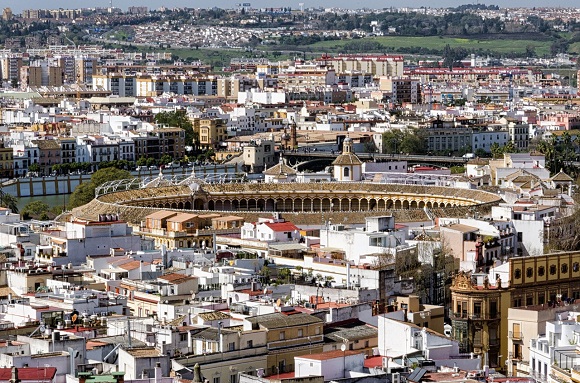
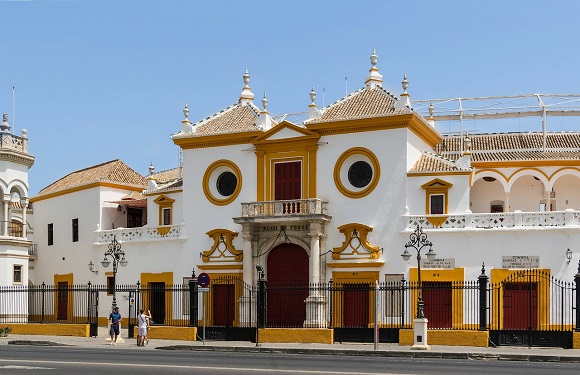
The external appearance of the Baratillo bullring evokes a late-Baroque style of architecture. This style, typical of the second half of the 18th century, already pointed towards classicism, achieved a character more graceful than monumental. In it, the main entrance dominates, with its lower structure of the exposed stone. This is a contrast with the rest of the building’s elements which are coated with lime.
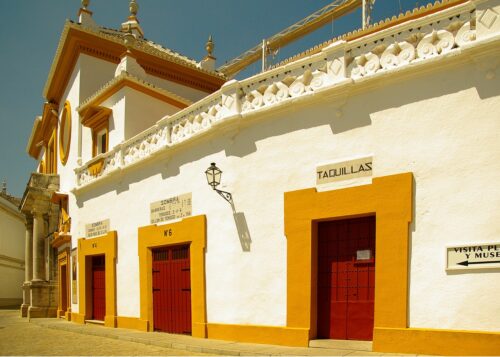
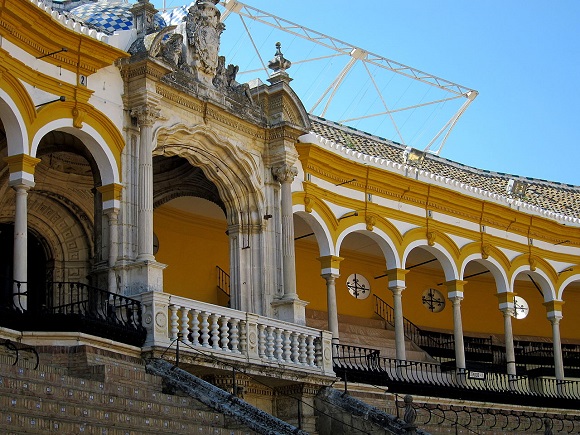
Real Maestranza de Caballeria de Sevilla is today the most famous and oldest surviving bull ring in the world. Legendary bullfighters have performed in the third most visited monument in the city of Seville today.
The whole complex is massive and includes a museum and a 12,000-seat bullring. Tours are conducted during the day in different languages. Audio units provide additional languages which detail the significance of different areas of the complex. This is one of the few bullrings that still have bullfights scheduled during specific times of the year.
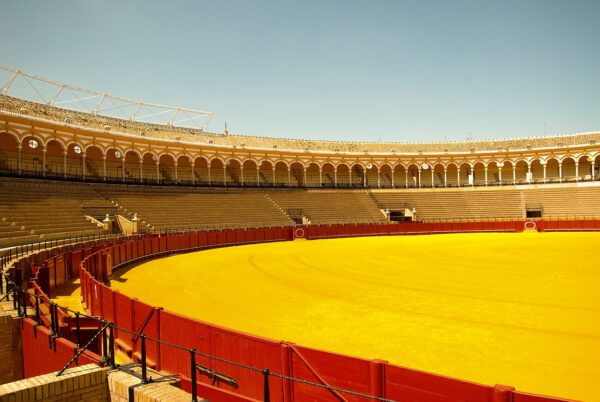

The visitors will get to see the exhibits of the museum—matador uniforms, the lances used by the picadors, and even a large bull preserved by taxidermy. You will also get to see the areas where the matadors/picadors prepare to meet the bulls as well as the chapel of the bullring.
After exploring the museum and the various rooms and stalls around the complex, you will enter the bullring. The place where this ancient Andalusian tradition takes place. Even if one is against bullfighting this place is just so important in the Sevillian culture and history that must be included in your visit.
The library specialized in genealogy, heraldry, nobility, etc. The new rooms of paintings and bullfighting prints of the Art Bullfighting Collections, containing an exhibition of paintings and bullfighting prints are one of the largest in the world.
Twelve prints of Francisco de Goya’s “Tauromachy”, the third edition of the legendary series of etchings that was completed in Paris in 1876. All these elements create an amazing mosaic worth seeing regardless of your views about the continuation of this ancient Spanish tradition in our time. More



